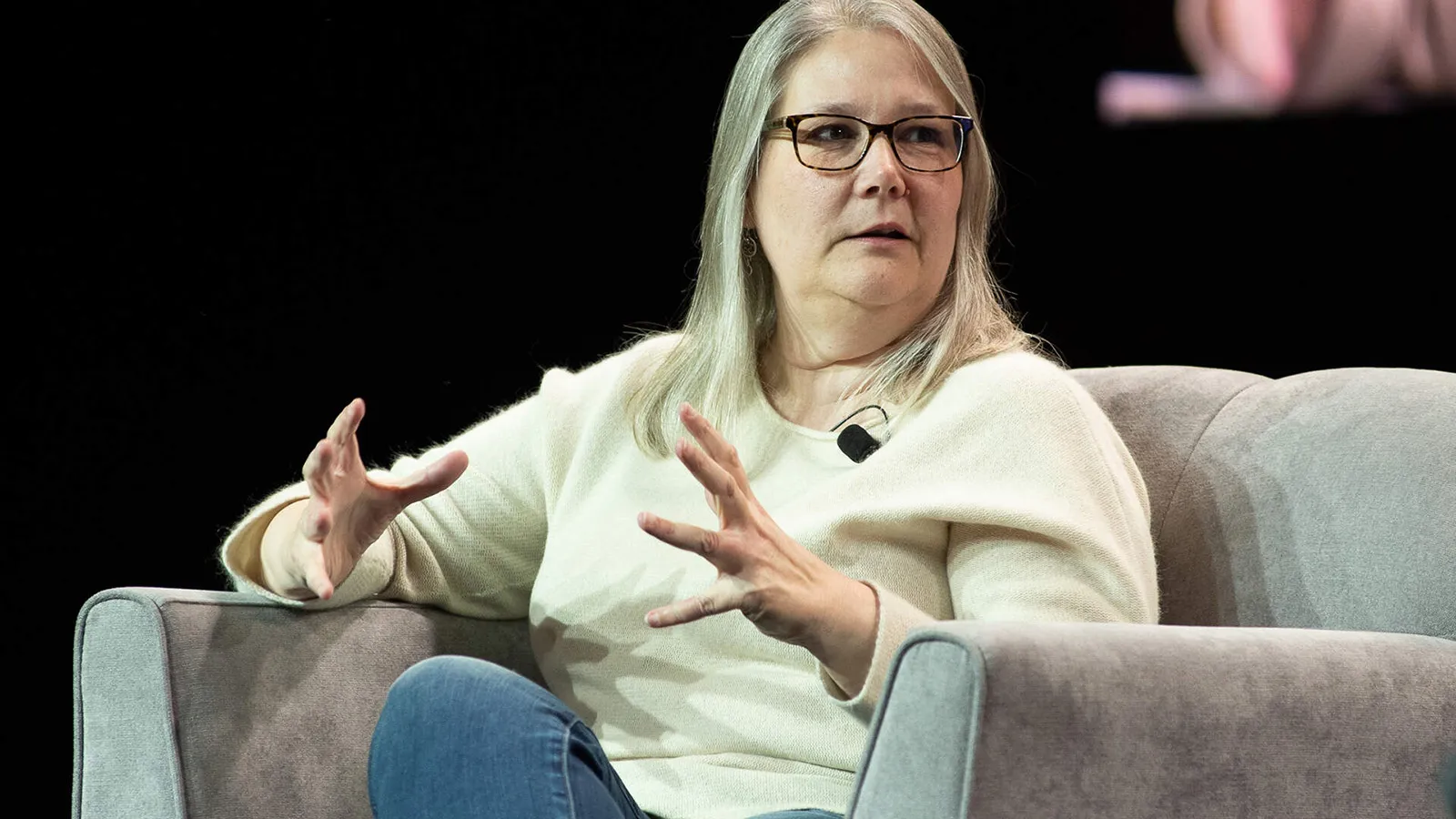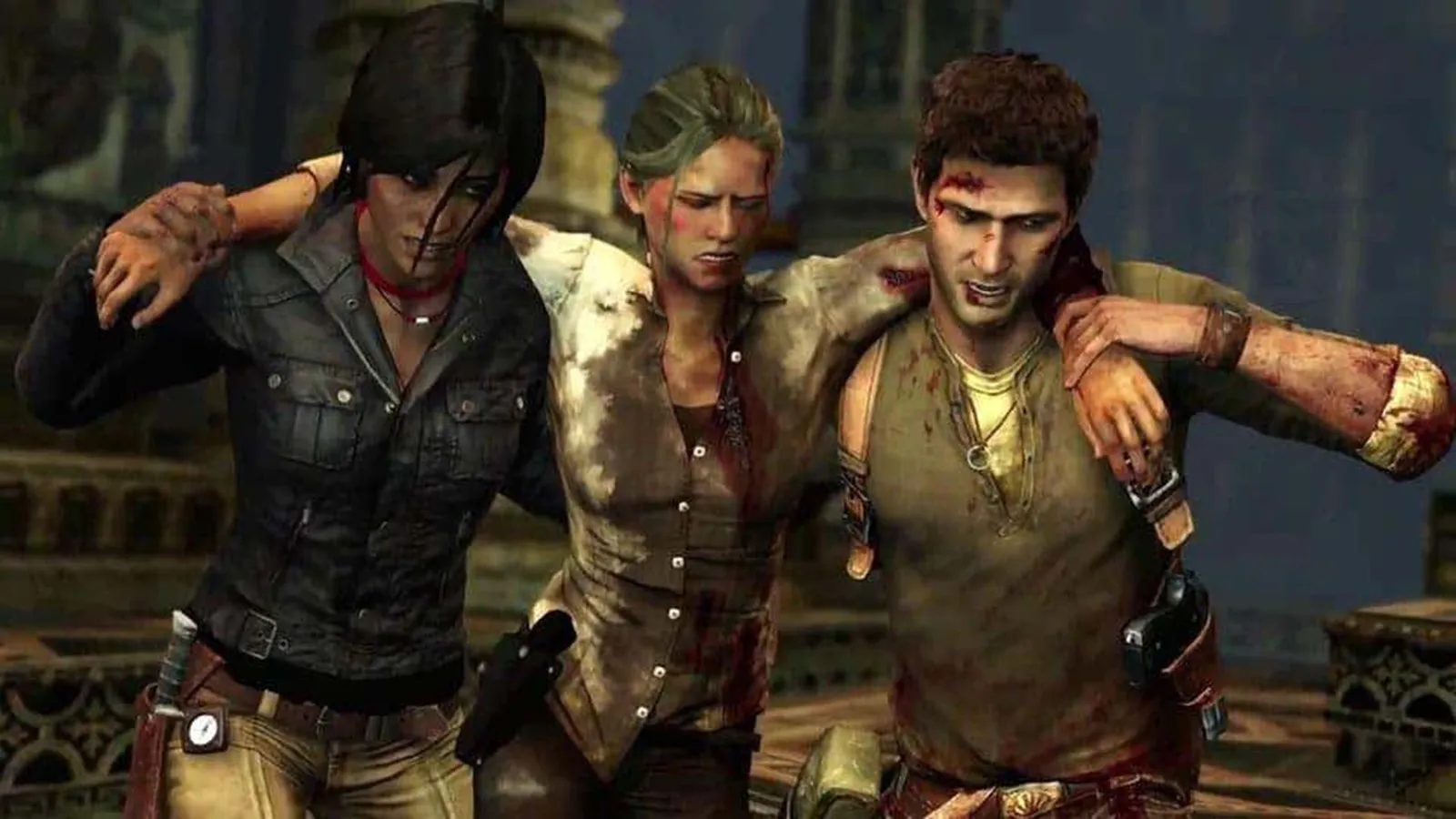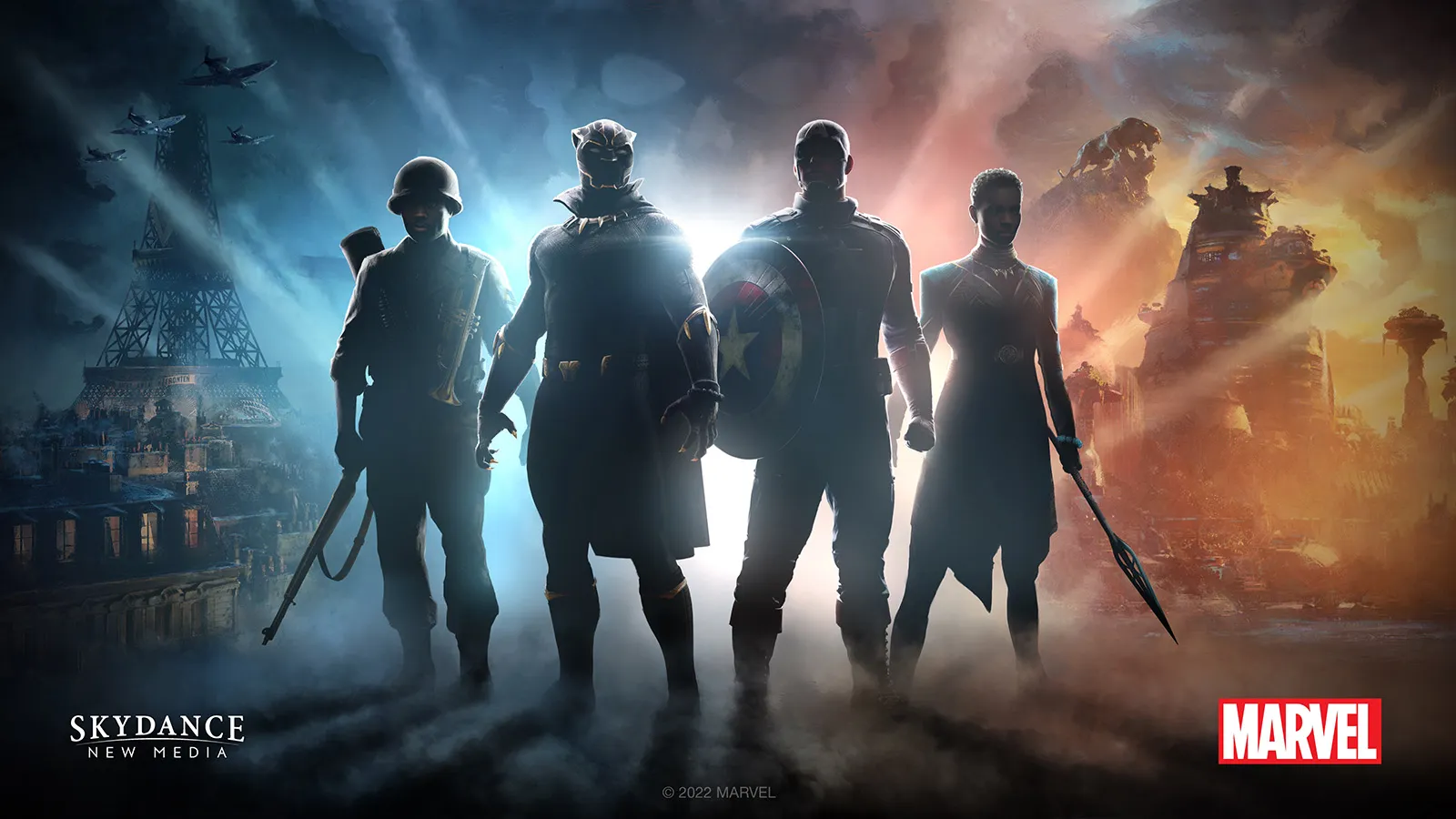How True Superhero Amy Hennig Saved Gaming from Itself
Video gaming has always been a fragile industry. From the Great Video Game Crash of 1983 onward it has often teetered on the brink of disaster, and it has usually attempted to protect itself by being conservative, parochial, and unadventurous. For many decades that meant pandering to an established market of teenage boys, and it is only in recent years that pioneers like Amy Hennig have been able to break out of this conservative world and create gaming experiences that appeal to broader audiences. In the process she hasn’t just reversed the fortunes of previously ailing companies like Sony, she’s managed to reinvigorate gaming itself by changing the idea of what a gamer is.

New frontiers
Amy was born in 1964, and was just the right age to play the first generation of arcade games. Atari’s seminal Pong was released in 1972, and by Amy’s teenage years the amusement arcades were increasingly filled with video game cabinets instead of pinball machines. In her words, “I was one of those kids who saved up any allowance I could and blew it all at the arcade.” But Amy’s main interest when she was growing up was film, and that was the path that she pursued throughout her education, studying English literature at Berkeley before starting a film course at San Francisco State.
Her introduction to the video game industry came about by accident; to pay college fees she took a job at Atari working as an artist on an upcoming - although never to be released - game for the ill-fated Atari 7800 console called Electrocop. Although the game itself was basic, Amy still found herself inspired by the possibilities that the medium now offered; as she would later tell Eurogamer, she was studying the work of early film pioneers such as the Lumiere Brothers and Sergei Eisenstein in her course, and the parallels between the early days of film and the emerging medium she was working with seemed obvious. “I loved the idea of joining an industry, a medium where it was still right there on the edge… I realized that there was a frontier there that had yet to be written”
From artist to designer
The early years of the film industry involved plenty of women, and while many of their contributions went unsung, their influence on the nascent medium was obvious in the output of the early film studios. The same could be said of the early days of video gaming, but in reverse; with practically no women working in the industry, videogames of the 20th century were produced almost exclusively by men, for a perceived target market that was largely composed of teenage boys. As with Hollywood, the level of female influence in the production of these games was reflected in the output, and - with incredibly few exceptions - female characters were either hypersexualised caricatures, victims to be rescued, or both.
"The brand new social experience where you activate your gaming skills as you train like a spy."
- TimeOut
Take on thrilling, high-energy espionage challenges across different game zones.

Amy’s career began in this environment, but in the early years her opportunities to showcase her talent for storytelling were few. After Electrocop was canceled she joined Electronic Arts to work as an artist on Bard’s Tale IV, the latest installment of a much-loved character-driven role-playing game (RPG). Unfortunately, after two years in development this game was also canned. She was then handed the role of lead designer for Michael Jordan: Chaos In The Windy City, a cynical tie-in featuring the retired NBA star, and something of a poisoned chalice after the previous designer had quit. Amy managed to turn this unpromising premise into a moderately successful and well-reviewed title.
Meanwhile, the games industry was rapidly changing. The advent of CD-ROMs as a cheap and roomy storage device for games in the mid 1990s meant that new projects could now be hundreds of times bigger than previous titles, which had been hamstrung by floppy discs or expensive cartridges. Games designers were suddenly expected to provide coherent storylines that played out over many hours of cutscenes, and the vast majority of them were wholly unsuited to this task. Amy’s knowledge of literature and film left her in the ideal position to take advantage of these new formats, and she wasted little time in establishing herself as one of the most talented writers in the industry.
Enter Nathan Drake
Her first successes came with the Legacy of Kain games. Her first game as lead designer, Legacy of Kain: Soul Reaver, caused controversy because of its storyline’s cliffhanger ending. Many players felt they had been short changed by the lack of a decisive conclusion, but Hennig’s episodic approach to narrative paid off in the game’s two sequels, which are lauded by fans and held up as one of the earliest examples of coherent plotting in a video game series. With these successes under her belt, Amy was hired by Naughty Dog in 2005 to work on an upcoming exclusive project for Sony’s Playstation 3 (PS3) console. This signaled a change of direction for Naughty Dog, who at the time were known for their cute, cartoony platform games such as Crash Bandicoot and Jak and Daxter. The firm’s pivot to more adult-oriented, narrative heavy gameplay came as a surprise to many, but it was also a godsend for Sony. The recently launched PS3 had been struggling commercially due to a lack of quality exclusive software, and unable to find a place in the marketplace competing against Nintendo’s innovative and wildly popular Wii console, and the firmly established Xbox 360.

Many industry insiders viewed Amy’s game, Uncharted: Drake’s Fortune, as the console’s last hope of establishing itself as a viable platform. Fortunately for Sony, Amy’s creation of treasure hunter Nathan Drake and his cohorts proved to be not just a massive hit, but the elusive prize that all gaming hardware manufacturers dream of - a “system-seller”. Gamers were buying PS3s in order to experience Uncharted, and they continued to buy the sequels. Uncharted 2: Among Thieves was the critical smash of 2009, winning numerous Game of the Year awards, and 2011’s Uncharted 3: Drake’s Deception continued the series domination of end of year award shows. By the time Amy moved on from Naughty Dog in 2014, the three installments of Uncharted that she worked on had sold over 20 million copies and were comfortably the most popular titles on Sony’s belatedly successful platform.
Saving gaming and expanding the Marvel Universe
There’s little doubt that Amy’s swashbuckling series saved Sony, but it’s also fair to say that her presence and influence saved the games industry from itself. The Uncharted series was more than just a popular smash hit, it also changed the way that the games industry viewed their customers, demonstrating a commercial imperative for broadening the appeal of their products. The huge success of Uncharted 2: Among Thieves, which features two narratively important female characters - almost unheard of in an RPG at that point - really drove this point home, as did Amy’s anecdotes of how she was forced to rein in the character modelers when they were working on female characters, saying: “Let’s take it down. How about a C cup?” This new approach to game design proved controversial in some quarters, but its impact is best seen through two developments of the last decade. The first was Gamergate, an organized online harassment campaign thrown by disgruntled male gamers who felt threatened by the mild feminization of their hobby. The second - and more enduring - outcome was the rapid increase in the number of women playing games; in 2010 just 40% of people who played console or PC games daily were women, in 2022 that number has leapt to 48%.

Amy is very careful to avoid painting the games industry itself as sexist, telling journalists “I get upset when the narrative around women and gaming is that it’s a hostile place because I’ve never experienced that in 26 years. If anything it was an absolute bastion for me, a pioneer medium where I felt welcome. I think the Internet is hostile, I think gamer culture can be hostile but people should not conflate that with our industry.” As a pioneer for women game developers, it’s understandable that Amy is careful to avoid putting off other women keen to work in games, and it cannot be denied that her success as a developer has inspired many other women to join the profession. A survey has shown that the proportion of people working in games development who are women has risen from just 22% in 2014 to 30% in 2021, and this trend shows no sign of stopping any time soon. At the forefront of that trend is Amy Hennig, who is now working through her own studio, Skydance New Media, to produce new games for both Lucasfilm and Marvel; as a True Superhero who’s done so much to improve both the video games industry, and gaming itself, she’s an obvious choice to take these beloved franchises forward in exciting new directions.
SPYSCAPE+

Join now to get True Spies episodes early and ad-free every week, plus subscriber-only Debriefs and Q&As to bring you closer to your favorite spies and stories from the show. You’ll also get our exclusive series The Razumov Files and The Great James Bond Car Robbery!


Gadgets & Gifts
Explore a world of secrets together. Navigate through interactive exhibits and missions to discover your spy roles.
Your Spy Skills
We all have valuable spy skills - your mission is to discover yours. See if you have what it takes to be a secret agent, with our authentic spy skills evaluation* developed by a former Head of Training at British Intelligence. It's FREE so share & compare with friends now!
* Find more information about the scientific methods behind the evaluation here.


Stay Connected
Follow us for the latest
TIKTOK
INSTAGRAM
X
FACEBOOK
YOUTUBE